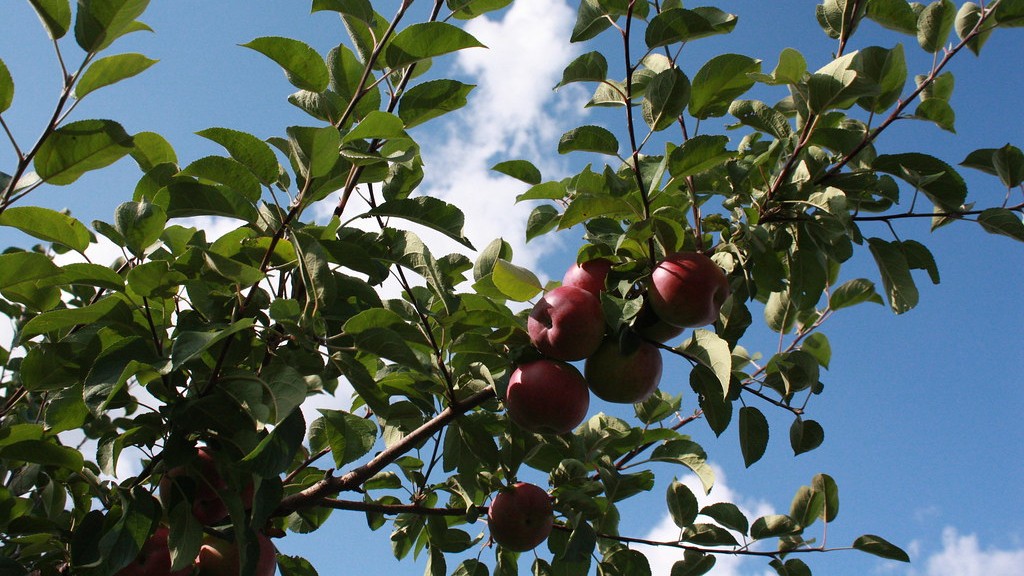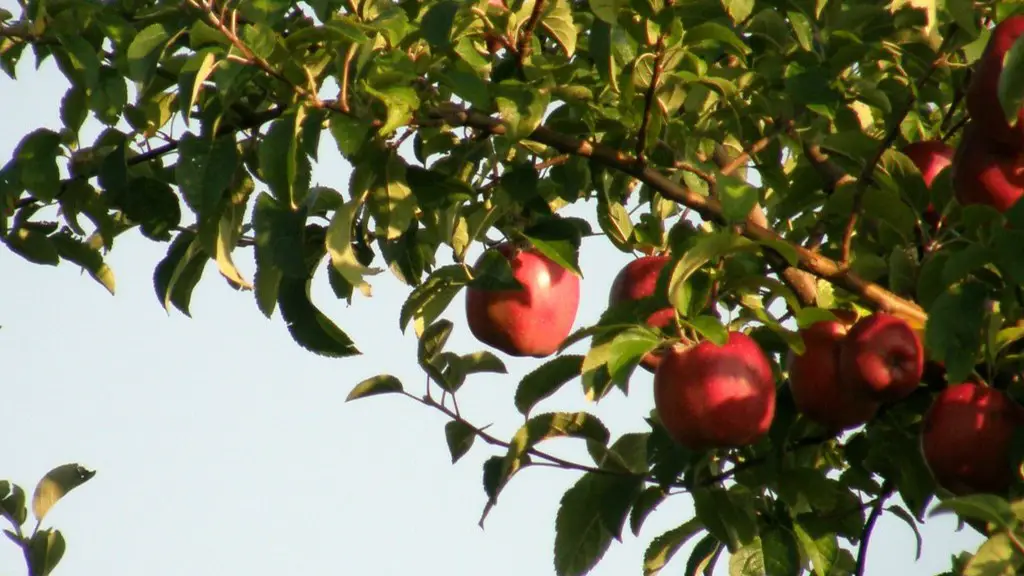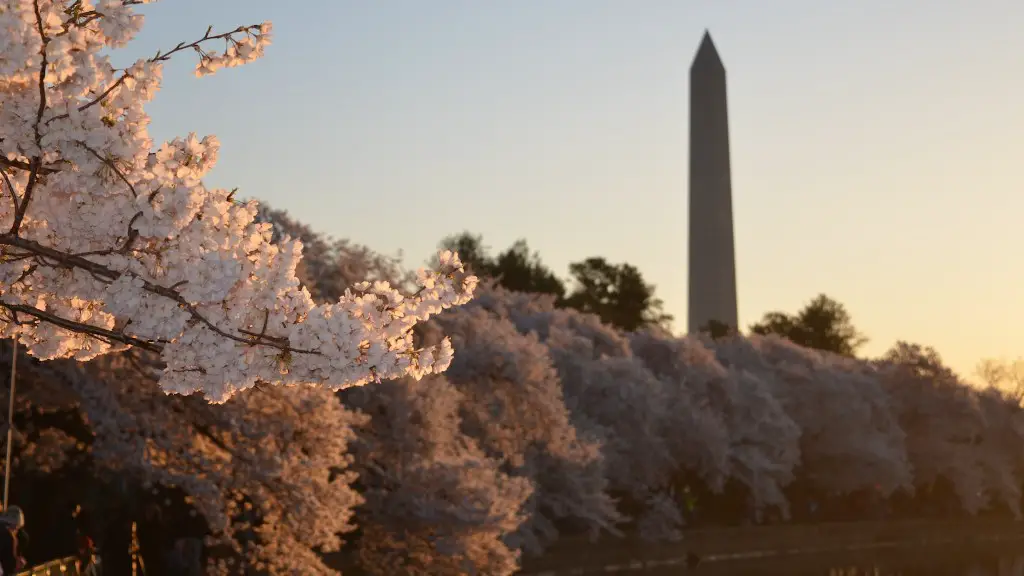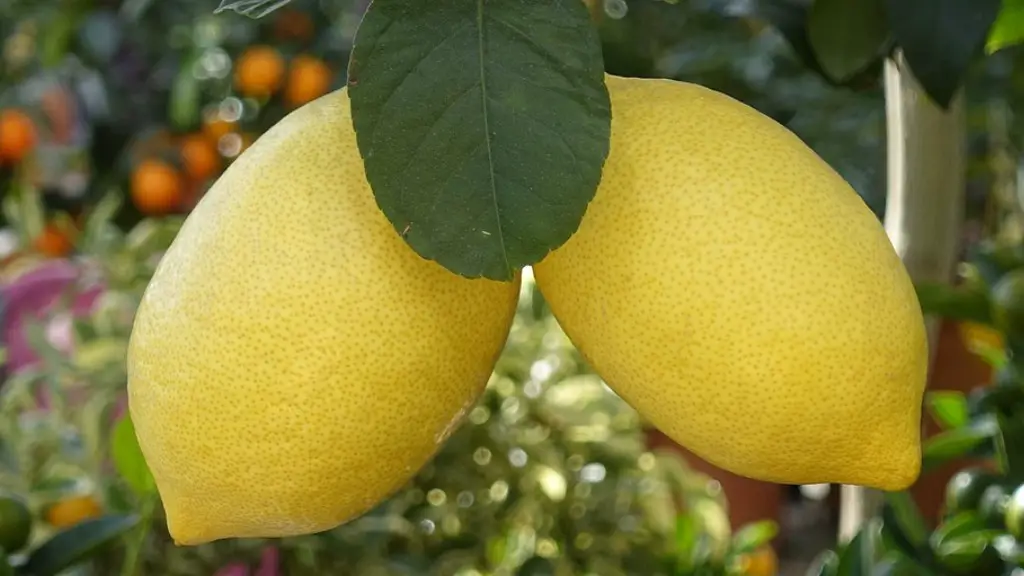With spring and summer near, curious homeowners may be wondering if it’s too late to prune their apple tree. The good news is that pruning apple trees can be done at any time of the year, but there are some important dos and don’ts to consider.
Apple trees should generally be pruned for a few reasons: to shape the tree, to remove dead or diseased branches, to remove water sprouts and to open up the tree’s canopy to allow sunlight and air to reach the inner growth. Also, pruning in the winter allows the tree to focus its energy on new growth in the upcoming season.
There are some specific times of year, however, when pruning an apple tree is beneficial. When the tree is in dormancy and has shed its leaves, it can easily be pruned without damaging new growth. This typically happens around late fall and winter months.
That said, if you’ve missed the window for winter pruning you can still safely prune your apple tree. This should usually be done before new growth appears in the spring, since pruning during this time can damage the new growth. That said, any other time is an acceptable time to prune as long as you’re not killing any live branches or taking away too much old wood that hasn’t been replaced with new growth.
When pruning, you should also make sure to use clean and sharp pruning shears to avoid causing any more damage to the tree. Pruning shears can be purchased at any local garden store or online. When pruning, make sure to cut branches at a 45-degree angle from its normal growth path. And when pruning in late fall and winter, make sure to seal any open wounds with a cut sealer that can also be found at any local garden store or online.
In conclusion, pruning an apple tree any time of year is generally acceptable, as long as the branches are not damaged and new growth is not affected. If the pruning cannot be completed in the winter or spring, make sure to use proper pruning procedures and materials. With proper pruning and open canopies, your apple tree will be healthy, full and productive.
What Tools Are Needed To Prune an Apple Tree?
Prune an apple tree and it’s important to have the right tools to maximize the health and productivity of the tree. As with any pruning, clean and sharp pruning shears are required. For larger branches and limbs, loppers and saws may be required. It’s also important to have a bucket and some kind of sealer, such as a pruning shield, which is sprayed directly onto fresh pruning cuts to protect the tree against fungal and bacterial infection.
When pruning, it’s important to use the correct technique. Pruning shears and loppers should be used at a 45-degree angle from the tree’s normal growth pattern, so that the cutting surface is not directed down into the wound. This will prevent water and other growth media from getting inside the wound and potentially causing disease. Sawing should be done in a sawing motion, rather than a cutting motion, to make the cut as clean as possible.
For large branches, you may need the support of a tree ladder in order to get to the higher branches. You should always prepare the area around the tree first. If you are using a ladder or other devices, make sure it is secure and safe before climbing.
In addition to having the right tools and understanding proper pruning techniques, it is important to have a plan. Have a clear idea of what should be removed ahead of time and make sure to take away no more than half of the tree’s leaves. This will ensure greater health of the tree and more balanced growth into the next season.
Finally, proper maintenance after pruning is essential. Seal off any open wounds with a pruning sealer, and remove any diseased, dead or damaged branches. Keep an eye on the tree for the first few weeks, and during the growing season make sure to look for signs of disease or abnormal growth.
What Are the Benefits of Pruning an Apple Tree?
The primary benefit of pruning an apple tree is improved health and productivity. When pruned properly, the tree can focus its energy on new growth and can produce more fruit. Pruning also removes dead and diseased wood, which is important to prevent infestations and infections.
In addition, pruning can be used as an opportunity to shape and train an apple tree to grow in a desired form. This can be particularly useful when trying to create aesthetically pleasing trees and keep them from growing too large.
By keeping the tree’s canopy open, pruning can also improve air circulation and light exposure, which can move into the inner branches and promote better growth for apples. Additionally, pruning can be used to increase the tree’s yield and size of the apples by removing some of the competing branches.
Last but not least, pruning also helps to remove limbs that can rub against each other when the wind blows, preventing any potential damage. This is especially important in larger apple trees with heavy canopies.
All in all, pruning an apple tree offers many benefits in order to promote better health and a larger yield. Pruning should be done regularly on an annual basis, as it helps to improve tree shape, air circulation and light exposure, encourages new growth and increases yield.
What Are Some Common Mistakes To Avoid When Pruning an Apple Tree?
There are some common mistakes that should be avoided when pruning an apple tree. One of the most important things to avoid is cutting back the tree too far or removing more than half of its foliage. This will result in a weakened tree, and it won’t be as capable of producing as much fruit in the long run.
Pruning while the tree is in bloom is also not advisable, as it can cause damage to the emerging blossoms and reduce the tree’s yield. Additionally, pruning during the middle of summer, when the tree is actively growing, can stunt the new growth and damage the developing fruit.
Another important avoidance is cutting back the branches too deeply. Doing so can take away nutrients from the tree and expose it to rot and disease. Lastly, making a poor cut can cause the edges of the wound to tear, leaving the apple tree exposed to more damage.
In conclusion, there are many potential mistakes that can be made when pruning an apple tree. By avoiding these, you can successfully prune your tree with fewer chances of problems arising. Always use clean and sharp pruning shears, be sure to understand the proper pruning techniques, and do not cut back the tree too much.
What Should You Do After Pruning an Apple Tree?
Once you’ve finished pruning an apple tree, there’s still some work to be done to ensure long-term tree health. Firstly, spray pruning cuts with a protective sealer to prevent any disease-causing organisms from entering the wounds and affecting the tree’s well being.
Next, make sure to remove any dead or diseased limbs from the tree and destroy them. This helps to prevent the spread of any fungal infections and diseases to the other branches. Additionally, any infected areas should be removed from the tree and disposed of properly.
It’s also important to keep an eye on the tree for a few weeks after pruning to observe if any new growth appears. If any new growth appears abnormal or stunted, it could be a sign of infection or other problems.
Finally, check the tree regularly during the growing season for any signs of fungal or bacterial infection. If any signs of infection are apparent, you may need to treat the tree with an appropriate fungicide or pesticide.
In conclusion, proper pruning and post-pruning maintenance are essential to the success of an apple tree. The tree should be pruned according to the correct techniques, and dead branches and wounds should be treated with a sealer. Careful observation is also necessary during and after pruning to ensure the health and productivity of your apple tree.




